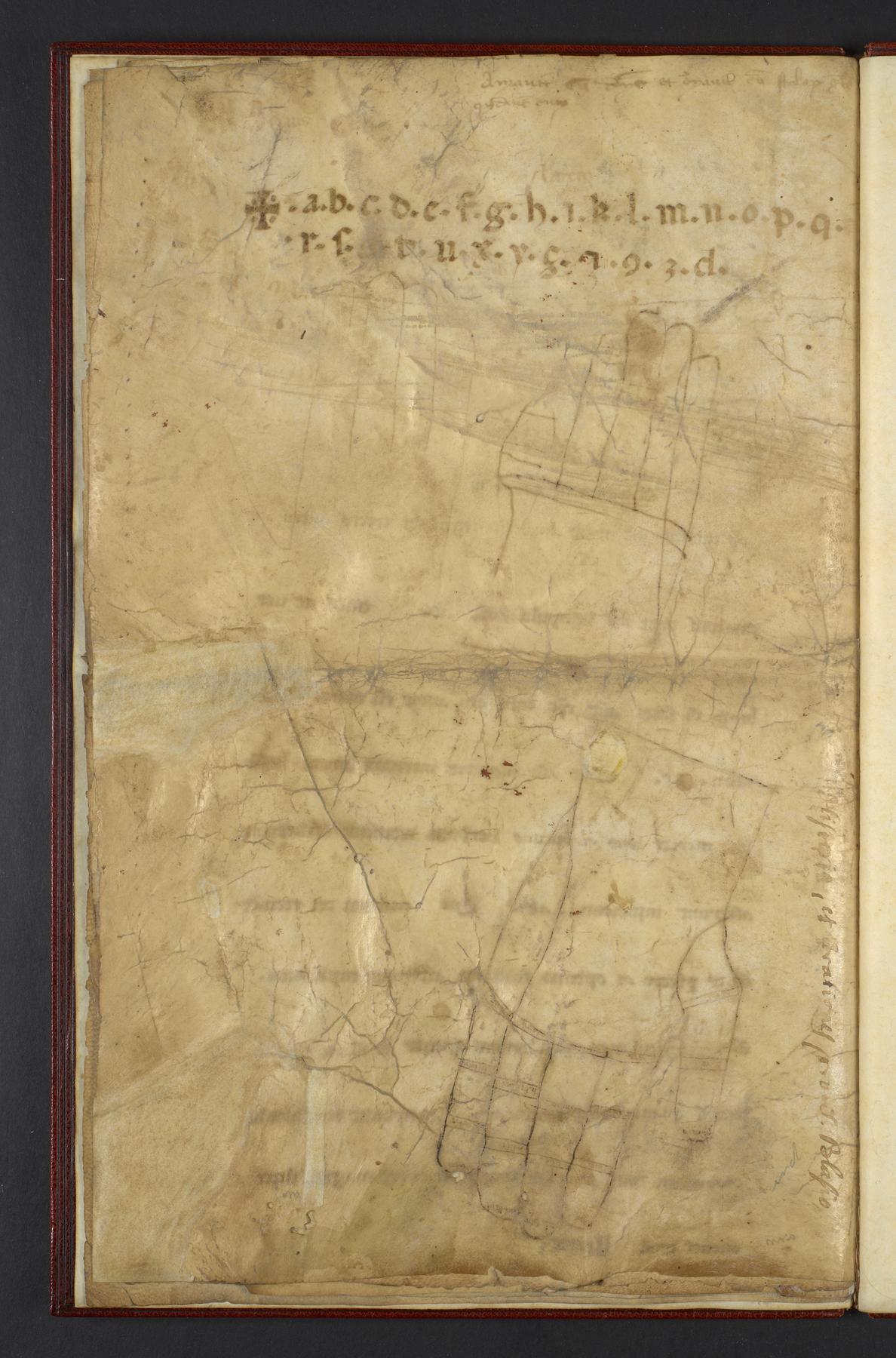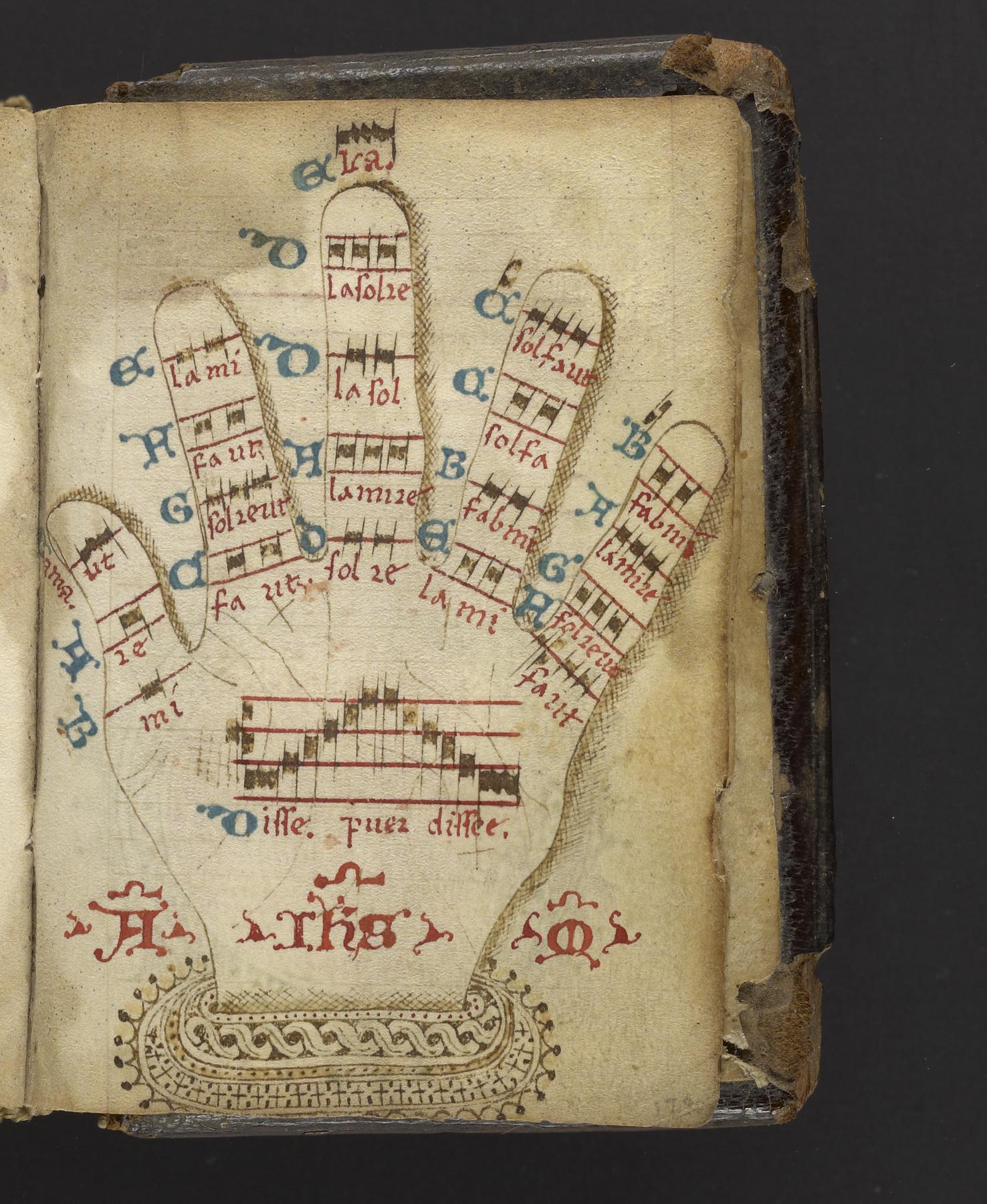For those interested in the history of classical education, manuscripts, books, and knowledge transfer, the University of Pennsylvania Libraries and the Shoenberg Institute have a potentially relevant ongoing zoom series called Coffee with a Codex in which they regularly bring out rare manuscripts, codices, incunabula, etc. from their collection to show and discuss.
Keep in mind that the presentation is done by library curators who may not be subject matter experts on the books they present, but the topics are nearly all relevant to classical education. Most attendees are academics, historians, medievalists, or regularly doing research in the areas of information studies and will often have thoughts, ideas, or experience with classical education, and may be able to answer questions about historical practices in the chat. Presentations are generally informal, short, and meant for a generalist audience. Quite often digital scans of the materials they present are available for browsing online or downloading for further study.
See the full schedule for Coffee with a Codex three weeks ahead at https://schoenberginstitute.org/coffee-with-a-codex/
To give folks an idea of the presentations, recordings of Coffee With A Codex since January 2022 are available at their YouTube Playlist. (To my knowledge they don't archive copies of their chat transcripts where the participants are usually fairly active, but some of the chat does make it verbally into the recorded discussion.)
Of particular interest this coming week is a presentation on a book which will touch on the recent conversation "Ancient Textbooks for Ancient Curriculums?" by u/psimystc with respect to the Carolingian educational program in the 9th-11th centuries.
https://libcal.library.upenn.edu/event/11148297
Details
Date: Thursday, September 7, 2023<br />
Time: 12:00pm - 12:30pm
Coffee with a Codex: Boethius and Aristotle <br />
On September 7, Curator Dot Porter will bring out LJS 101, a 9th and 11th century copy of Aristotle translated by Boethius, created as part of the Carolingian educational program. See the record: https://franklin.library.upenn.edu/catalog/FRANKLIN_9951865503503681
Free registration is required. https://libcal.library.upenn.edu/event/11148297
An informal lunch or coffee time to meet virtually with Kislak curators and talk about one of the manuscripts from Penn's collections. Each week we'll feature a different manuscript and the expertise of one of our curators. Everyone is welcome to attend. Welcome back for 2023-2024!
Syndication link: https://www.reddit.com/r/ClassicalEducation/comments/16a1oyi/coffee_with_a_codex_at_penn_libraries_recurring/


